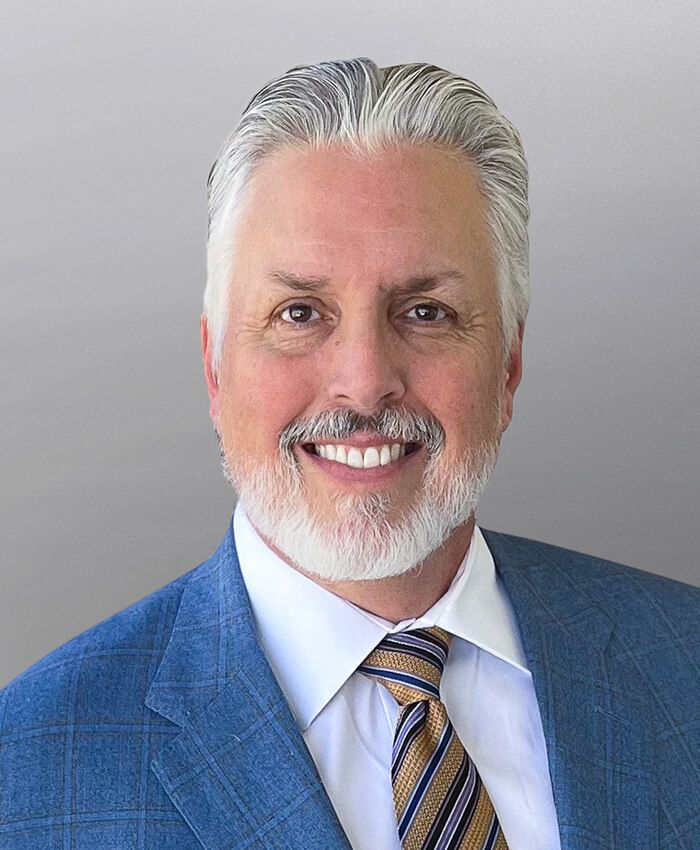Are you watching other practices go fully digital and feeling left behind? Don’t get rattled. You can live without your own printer or mill provided you have a competent scanner—and a talented, reliable, high-tech lab partner.
By Brian Denby
 INCORPORATING AN intraoral scanner into your practice involves several critical considerations. With the technology landscape constantly evolving and many scanners available, it’s essential to assess how this investment will affect your practice, staff and patients. While the financial aspect is of course vital, it’s equally important to evaluate the potential return on investment and its impact on practice efficiency.
INCORPORATING AN intraoral scanner into your practice involves several critical considerations. With the technology landscape constantly evolving and many scanners available, it’s essential to assess how this investment will affect your practice, staff and patients. While the financial aspect is of course vital, it’s equally important to evaluate the potential return on investment and its impact on practice efficiency.
As intraoral scanners have gained increasing traction in dentistry since the mid- to late 2000s (with a current adoption rate of 30% to 35% in the U.S. dental market), there’s no turning back now. Moreover, dental labs have embraced digital workflows, boasting a 60% adoption rate, attributed to the enhanced accuracy, cost-effectiveness and efficiency in producing patient prosthetics. This, in turn, facilitates faster delivery to patients and reduces the likelihood of remakes, benefiting both patients and practitioners.
While traditional impressions will remain relevant in modern dentistry, the adoption of intraoral scanners empowers dental teams to produce highly accurate impressions. These digital impressions can be seamlessly transmitted to lab partners electronically, reducing turnaround time for cases and streamlining the workflow for enhanced efficiency for you and your lab partner.
Yes, you have the opportunity to expand your digital applications once you begin. But you must remember that your lab partner has probably already invested in a digital workflow, and they have the expertise not only to design your cases but also to finish them in a manner that makes the try-in and delivery that much more efficient and profitable. Incorporating intraoral scanners enables you to maximize not only your investment through reduced chairside time and lower material cost, but your lab’s investment, too.
Considering these prevailing industry trends and the increasing demand for advanced technology in dental care, the question quickly shifts from “Can I afford to make this investment?” to “Can I afford not to make this investment?
Considering these industry trends and the increasing demand for advanced technology in dental care, the question shifts from “Can I afford this investment?” to “Can I afford not to make this investment?”
Incorporating an intraoral scanner not only prepares your practice to meet evolving patient expectations but positions it for improved efficiency and patient care, making it a strategic and necessary step in staying competitive in the industry. As you continue to ponder adding digital into your practice’s workflow, please be sure to consult not only with your financial advisors, but with your Friendly Benco Rep and your lab partner. This will ensure that everyone is communicating and working toward maximizing the return on your investment and exceeding your expectations for your practice.
And remember: If you someday expand your digital workflow to include a mill or 3D printer, your scanner investment doesn’t become obsolete. You get the best of both worlds: greater accuracy and faster turnaround times with your lab now and in the future, plus the option to dip your toes into single-unit chairside restorations later on. It’s up to you, your patient demographics and style of practicing. The bottom line: You can live without a 3D printer or mill when you have a great lab partner. But if you’re trying to get by without a scanner—and stay competitive—you may be living on borrowed time.
BRIAN DENBY has more than two decades of experience helping dental practice and lab owners manage their businesses efficiently. He began his dental career as a CEREC Specialist for both chairside and lab, lending his expertise to other top dental tech companies before joining Benco Dental as Field Sales Director for Dental Labs. He was an early champion of digital dentistry and is particularly passionate about tech that helps enable full mouth rehabilitations.



